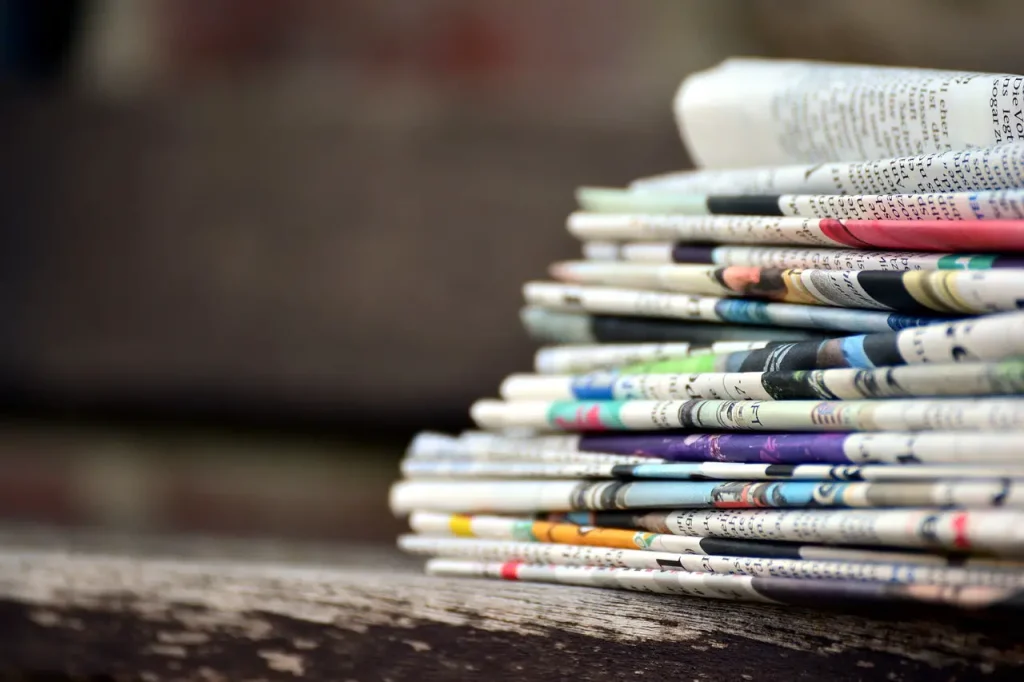The head of research at Media Daily, Zoran Kovačić, has told Hina that the aim of the analysis was to transparently give information on how much money each media outlet received for the services it performed for a particular ministry, state agency, state office or court.
According to data on national and regional daily newspaper publishers, total revenues were HRK 6.65 million, down 3.53% in real terms compared to 2019. Daily papers received money from 34 state budget-related sources. Six publishers received the largest amount from the State Electoral Commission, and only one from the Agriculture Ministry.
The Hanza Media company received the most money, HRK 2.31 million, followed by Večernji List daily, which received HRK 2.29 million, nearly 15.3% less than in 2019. 24sata, which is part of the Styria media company like Večernji List, received slightly over HRK 750,000 last year. Thus the Styria media company’s outlets received more than HRK 3 million from the state, which is the largest amount for a newspaper publisher. In addition to them, Glas Slavonije received nearly HRK 600,000, Novi List about HRK 490,000, while Glas Istre and Zadarski List received much less money from the state — about HRK 220,000 together.
As for radio broadcasters, Narodni Radio received the most, HRK 598,000, followed by Antena Radio (HRK 495,000), and Catholic Radio (HRK 381,000). The first two radio broadcasters received 86% and 74% less state funding respectively in 2020 than in 2019, while Catholic Radio received 41% more. However, Extra FM was the biggest winner in 2020, as it received HRK 219,000, or 448% more than in 2019, while the AMM (All Market Media) agency received over HRK 125,000, or 557% more than in 2019.
On the other hand, only four national web portals received state funding in 2020, and that was only HRK 61,312. The Dnevno.hr website received slightly more than HRK 25,000, or as much as 548% less than in 2019. Direktno.hr received only HRK 8,000, or 932% less, while Narod.hr did not receive anything. The Index and Telegram web portals, which did not received state funding in 2019, were given HRK 15,500 and 12,817 respectively in 2020.
According to Kovačić, the more money the state gives to media outlets, the more they focus on reporting and the less on research.
He thinks that the reduced funding is a result of Agriculture Ministry’s smaller budget, as it spent more money from EU funds in 2019, and of fewer events being organised by media outlets.
Kovačić says that the Media Daily team processed “raw” data obtained from the state treasury.
This study is related to money from the state budget, and it is important to note that media outlets receive money from state-owned and public companies, cities and municipalities, as well as local companies, agencies and tourist boards. In addition, a large number of electronic media outlets receive money from the fund promoting electronic media pluralism and diversity in the amount of 3% of the Croatian Radio and Television licence fee, while print media outlets have benefitted from the VAT rate being reduced to 5%, the study said.












